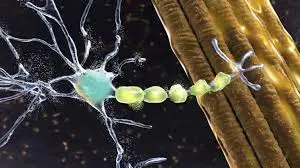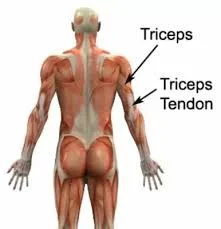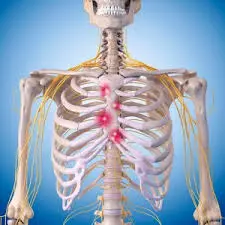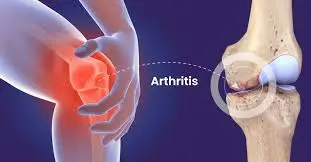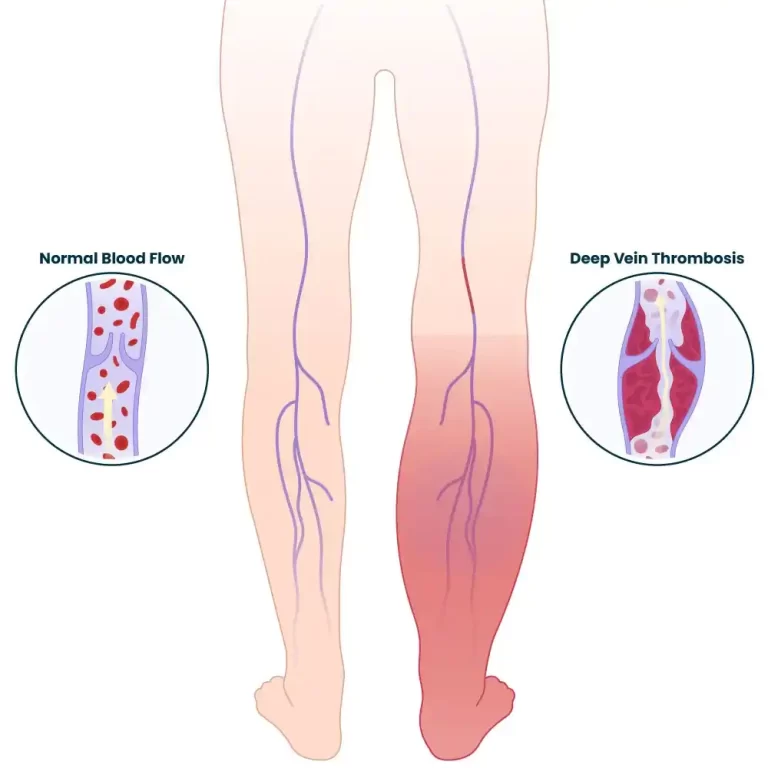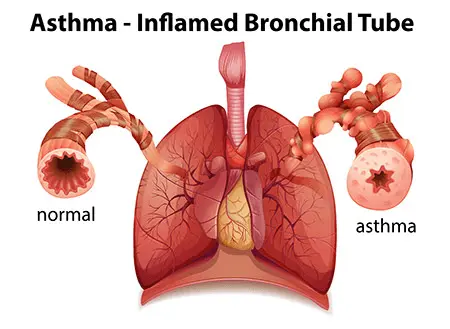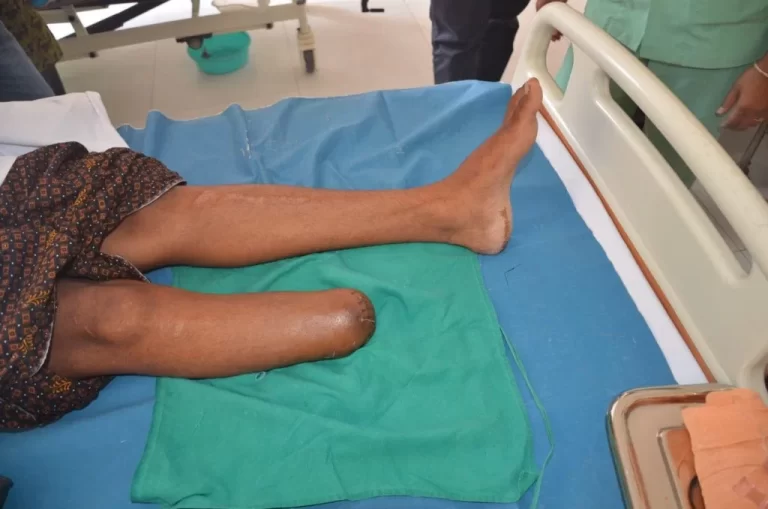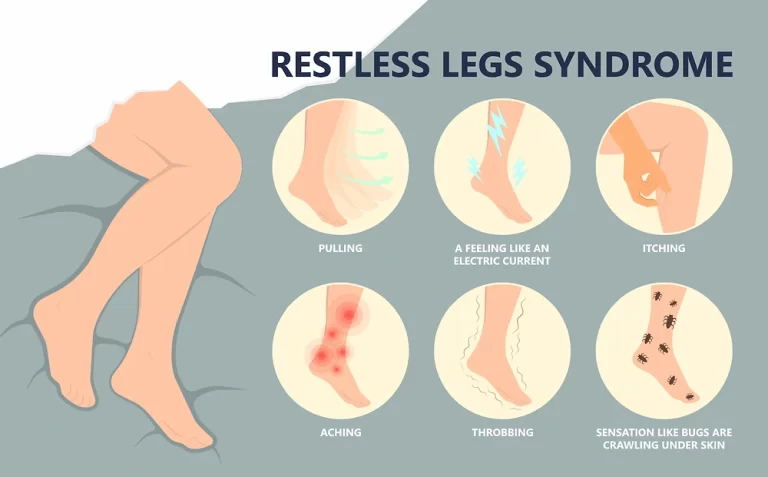Amyotrophic Lateral Sclerosis
Amyotrophic Lateral Sclerosis (ALS) is a progressive neurodegenerative disorder that affects nerve cells in the brain and spinal cord, leading to the gradual loss of muscle control. It primarily damages motor neurons, resulting in muscle weakness, atrophy, and eventually, paralysis. While the exact cause of ALS is often unknown, a small percentage of cases are…

